Location: Pleasant Grove, Utah. USA.
Weather: I was greeted by another one of Utah's snow storms.
Menu: Home cooking.
My Antarctic expedition began in December. I have been away from family, friends, and my students for almost seven weeks. I have enjoyed every experience of every day of my expedition. I have had a once-in-a-lifetime opportunity to be with some of the nicest, smartest folks on the planet. I lived on the coldest, windiest, driest, and highest continent on Earth, and enjoyed everything about it. I developed lifelong friendships. When you live with folks, every day, in conditions that we experienced, and with challenges we faced, you become close friends.
I was looking forward to being back with my family again, but I knew saying goodbye to the new friends I had had made, and to this place that I have called home for so long, Antarctica, would be tough. It was.
I have enough photos and videos that I will be spending quite a while to get them organized and put together. I have enjoyed making these journal entries each day to help me review and document each day's experiences. There would have been no way for me to remember all these experiences had I not done so. Thank you for following along on this experience.
For this entry, let me go back and attempt to do a short review of my amazing PolarTREC Antarctic expedition.
PolarTREC: PolarTREC is a program sponsored by the NSF (National Science Foundation)
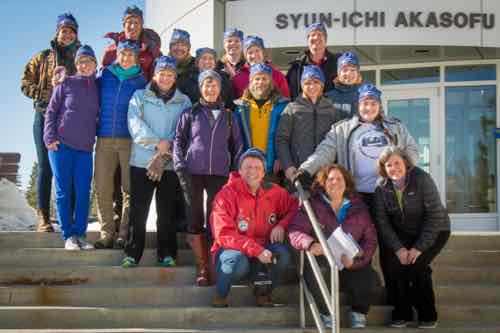
Preparations for my expedition

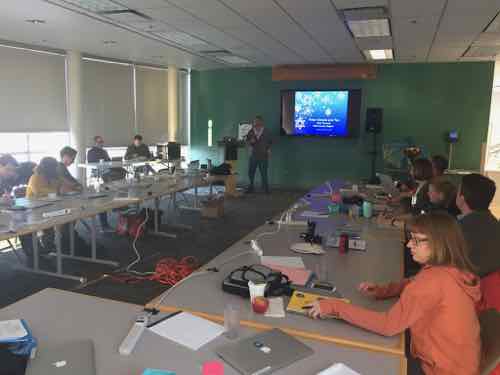
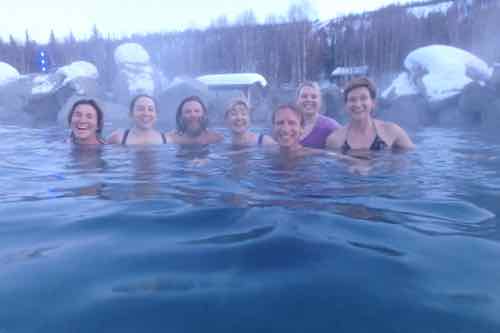
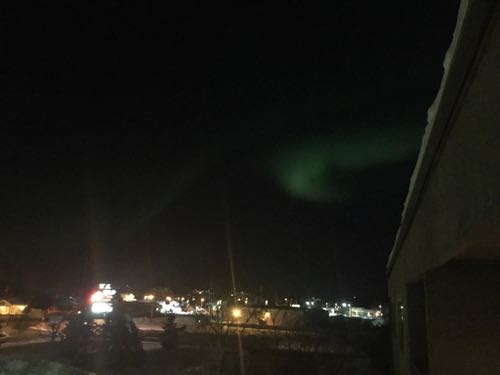
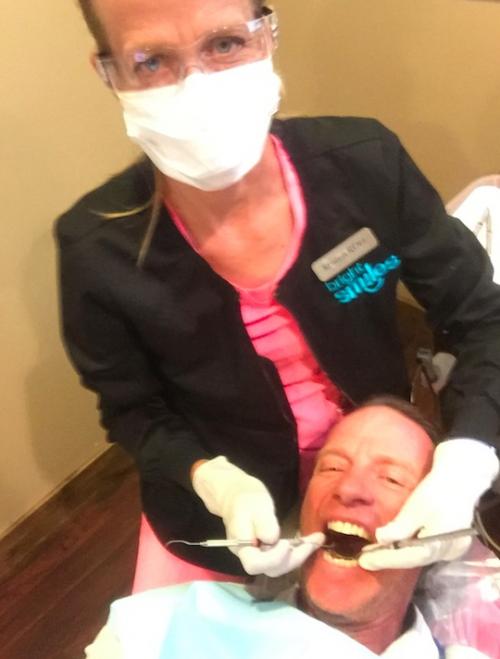
Travel
It takes just as long to get to our research areas as is does to get to the Moon. We flew in airplanes from Salt Lake City to San Francisco, to Auckland (New Zealand), to Christchurch (New Zealand). We then boarded an Air Force LC-130, equipped with skies, to land on the ice of the Ross Sea. From there, we board helicopters to take us out to the Dry Valleys.

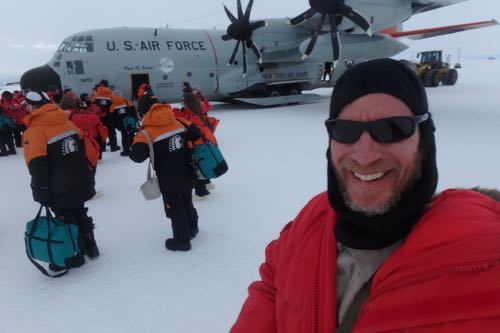
Here is a 30-second video showing our flight path to Antarctica.
My Team (the Wormherders)
Our team, the "wormherders" is one part of a larger project. We are part of one of the 28 LTER (long term ecological research) projects around the world that is supported by the NSF (National Science Foundation). The LTER we worked at is called the McMurdo Dry Valley LTER. There are several teams that conduct research in the Dry Valleys (explained more below). Some teams working in the Dry Valleys include: glacier, stream, lake, moat, and the team I spent the most time with, the soil team (also known as "Wormherders").
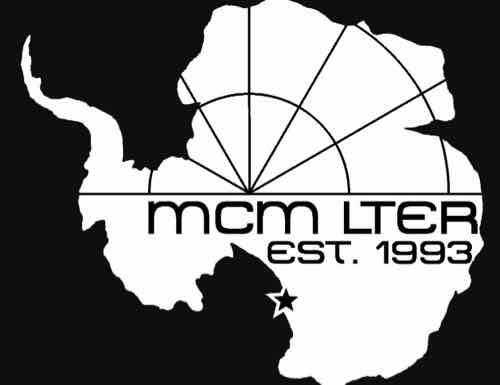
Each of our team members already did a wonderful job introducing themselves and the science they are pursuing. They are in the last few of my journals. Please read them again to hear their inspiring stories of how they got where they are today, as successful research scientists.
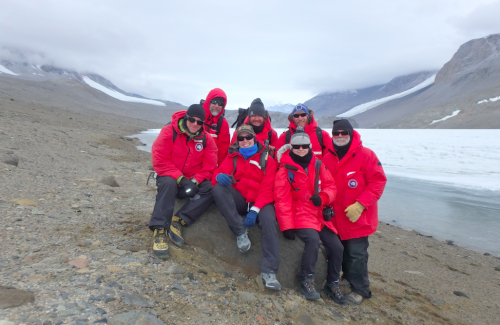
Where We Were Doing Field Research
Antarctica is covered in ice. At the South Pole, the ice is over two miles thick. However, there is 1% of Antarctica where it is ice-free. This area is called the Dry Valleys. It is about a one hour helicopter ride from McMurdo Station, which is located on Ross Island.
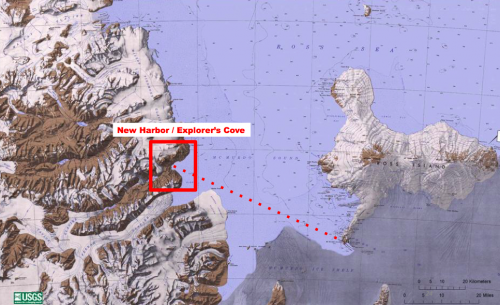
Our science
Our team usually focused on the animals located in the soil of the Dry Valleys. Having said that, we also worked very closely with the other teams (glacier, stream, lake, moat) of the LTER. By working together, we can pull all data together to try and understand the Dry Valley ecosystems a bit better. A true work of collaboration. Our LTER team also collaborates with the other LTER programs around the world to help understand the Earth's ecosystems even better.
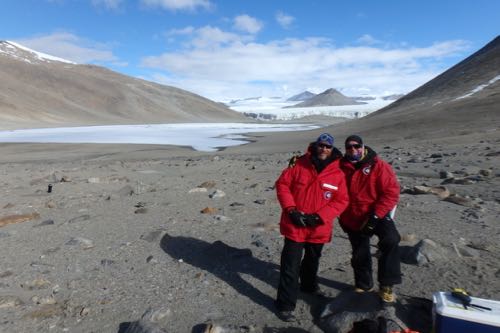
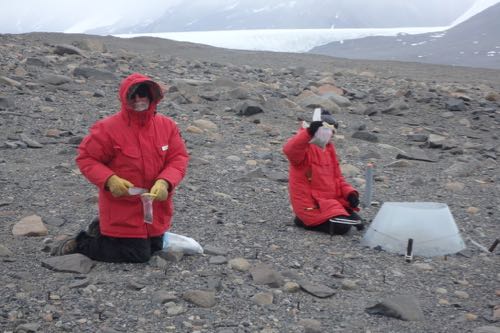
Airport Homecoming
Prior to applying, and being accepted to participate in this expedition, I talked with my family members about what they thought about me being gone for that length of time. Every one of them were supportive in my pursuit of this opportunity. I thank them for their sacrifice they all made so I could participate in this experience.
I will really miss my Antarctic friends. From all the scientists to all the support folks. All were so great to know and become life-long friends with. I will miss my Antarctic home. I knew from the beginning that I would probably never be privileged to return to this magical place ever again. It made me a bit sad, BUT...waiting at home were these people:
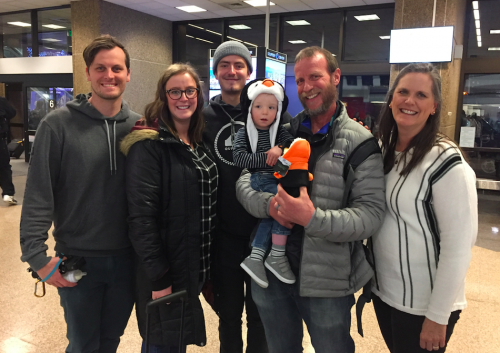
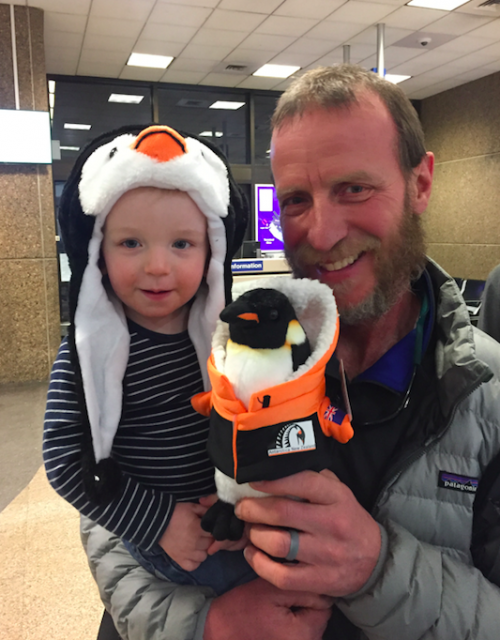
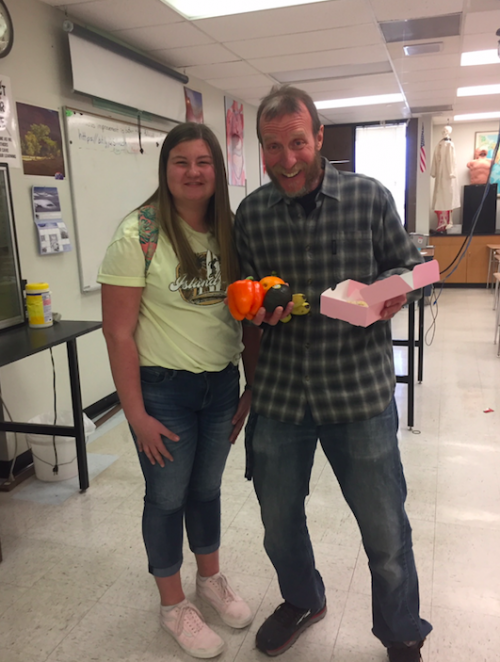
Other Items To Post
Dr. Thomas Powers (Topper), Dr. Byron Adams, and myself made this short video explaining why the sun has never gone down the entire time we have been here. We have been in Antarctica for six weeks and have never seen the sun set. Of course there are days and nights in Antarctica, they just last for months at a time. Here is why:
Here is a video of some of McMurdo Station night life. A little rock n roll and a little bit country. You'll enjoy. I sure did. These are scientists and support folks who put these groups together on the ice. Talented folks for sure.
A special thank you to Dr. Adams for taking a chance on bringing me along. He is the true-life scholar and gentlemen. I will be forever grateful.
As always, if you have any questions, please email me at: kdickerson [at] alpinedistrict.org
Thanks, Kevin


Comments